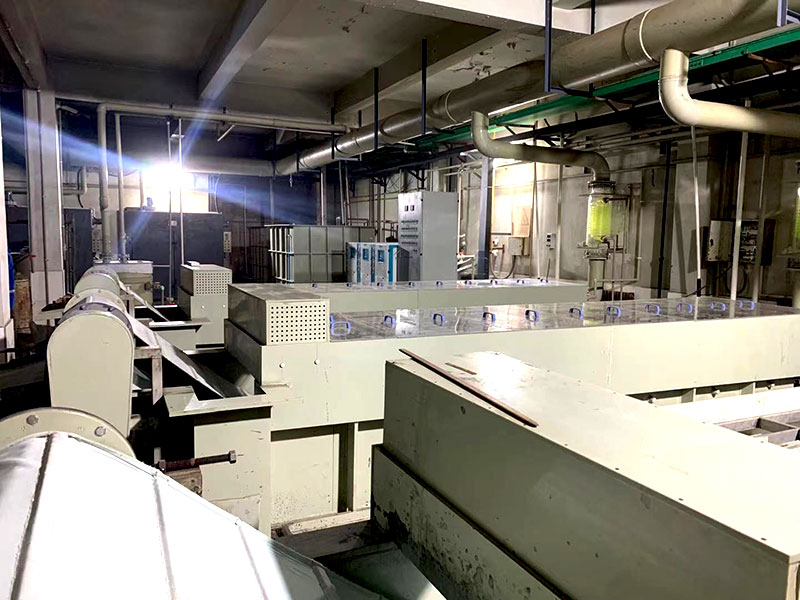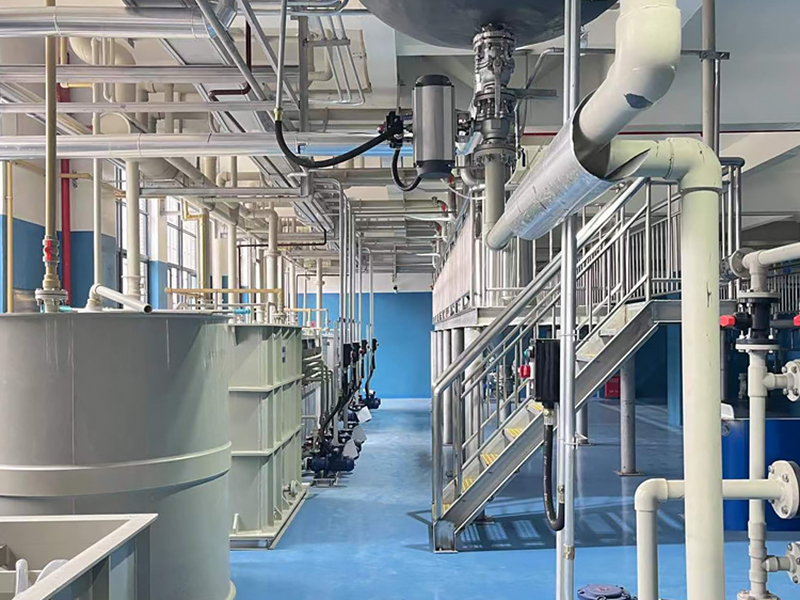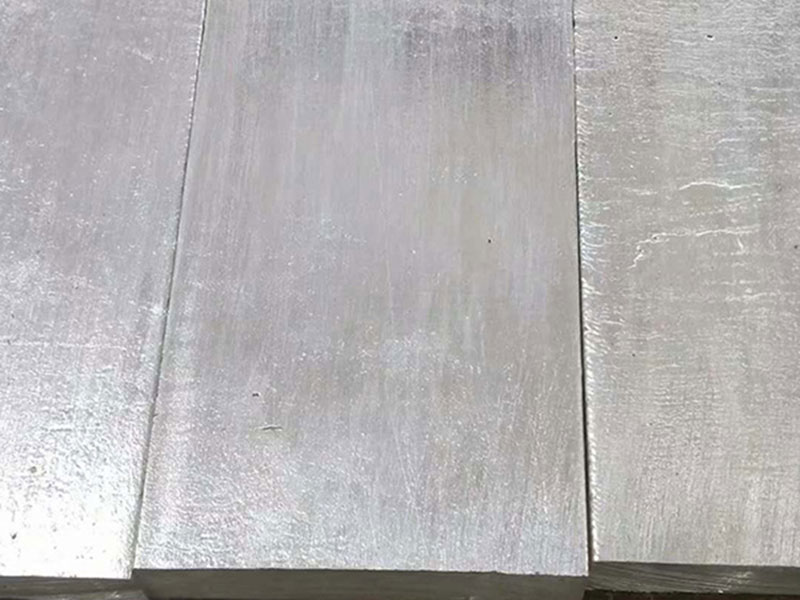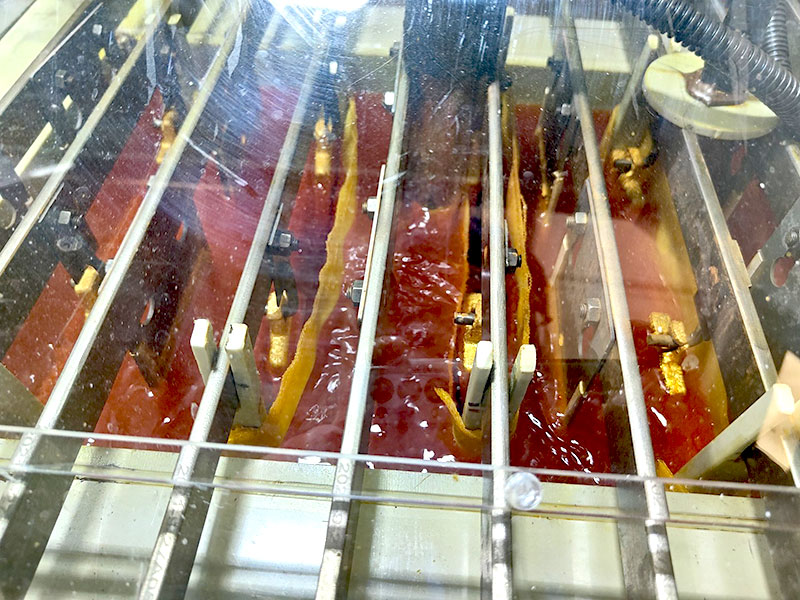Silver Refining



When platinum group metal concentrate is separated and refined, AgCl residue is produced more. When copper and lead electrolytic anode mud is treated in heavy non-ferrous metal smelters, more complex crude silver is produced. According to the nature and composition of the raw materials, chemical and electrolytic methods can be used for refining respectively. The former is suitable for small-scale treatment of impure silver chloride and other compounds, and the latter is suitable for large-scale crude silver refining.
1. Chemical method Direct reduction of AgCl: The most widely used is the hydrazine hydrate reduction method.
Advantages: strong reducibility, fast reaction, and no new impurities are introduced.
When the raw material contains low Ag or high impurities such as SiO2, Cu, Ni, Cd, etc., it must be dissolved with HNO3 first: AgCl+HNO3=AgNO3+HCl; after filtering and separating the SiO2 residue, the solution is boiled and HCl or NaCl is added to re-precipitate AgCl, and then filtered to separate the base metal impurities. Impure silver chloride is first slurried with water and then ammonia is added to adjust the solution pH to 10-11. AgCl is converted into a soluble ammonia complex: AgCl+2NH3.H2O=Ag(NH3)2Cl+2H2O; the base metal impurities are hydrolyzed and precipitated, and the filtered silver solution is heated to about 50°C. Hydrazine hydrate with a concentration of 40-80% is slowly added at a ratio of mAg:mN2H4.H2O=1:(0.3-0.4) under stirring. After about 30 minutes, the gray-white sea line silver is reduced. The chemical reaction equation is: 4Ag(NH3)2Cl+N2H4.H2O+3H2O=4Ag+N2+4NH4Cl+4NH3.H2O; the reduction rate is >99%, and the silver purity is >99%.
2. Electrolytic refining: Ag-Au (containing Ag>99%) obtained by treating copper and lead anode mud, gold containing Ag70-75% obtained by melting gold chloride mud, and crude silver extracted from silver-containing secondary resources can be refined by electrolysis. First, the crude silver needs to be smelted and cast into silver anode plates. For refined silver containing more impurities such as copper, selenium, and tellurium, sodium carbonate flux is added after melting and air is blown on the surface of the melt to oxidize and refine the impurity elements such as copper and tellurium. After separating the slag, the crude silver is cast into anode plates. Generally, the silver anode contains Ag>75%, Au<20% and a small amount of copper, bismuth, etc. Electrolysis is carried out in a circulating silver nitrate solution, and the electrolyte contains Ag60-150g/L. In order to prevent bismuth and other base metals from hydrolyzing and contaminating the silver powder, the electrolyte should contain free HNO3 10-18g/L, but the nitric acid concentration should not be high, otherwise the silver powder precipitated at the cathode will be re-dissolved by nitric acid.

